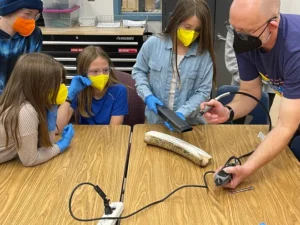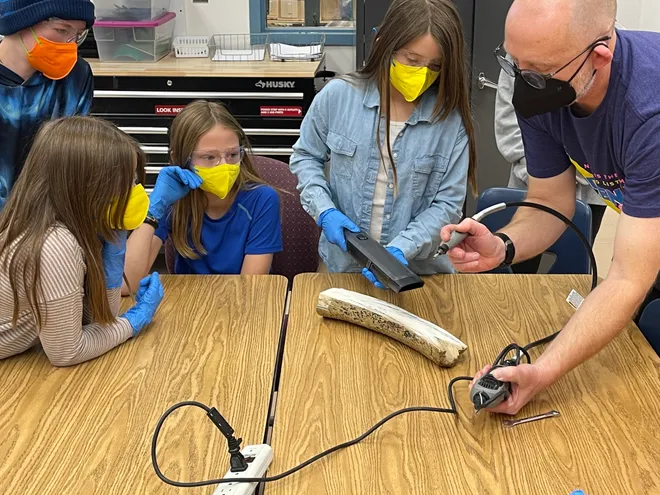The company seeking to bring back the woolly mammoth and other long-gone animals such as the dodo also wants to make sure schoolchildren’s interest in science doesn’t go extinct.
Colossal Laboratories and Biosciences, which has been conducting radiocarbon dating and genetic sequencing of American mammoths, has shared fossils with 55 school districts in Alaska, the genetic engineering company exclusively told USA TODAY.
The school districts get to name their fossils and can use them to learn about woolly mammoths. Radiocarbon and genetics findings related to the fossils are shared with the districts as they are finalized, the company said.
It’s part of the “Adopt a Mammoth” project to do radiocarbon dating of about 1,500 mammoth teeth, tusks and bones that are in the collection at the University of Alaska Museum of the North.
The initiative “has helped us get closer to reaching our goal of classifying the mammoth fossils in our vast collection while also getting kids interested in science and ecology from an early age,” said Matthew Wooller, a member of the Colossal Scientific Advisory Board and a mammoth researcher at the University of Alaska Fairbanks.

Professor Mat Wooller, a member of the Colossal Scientific Advisory Board and director of the Alaska Stable Isotope Facility at the University of Alaska Fairbanks, with students examining a woolly mammoth specimen named “Burnt Raman.”
To Learn More Click Here.



